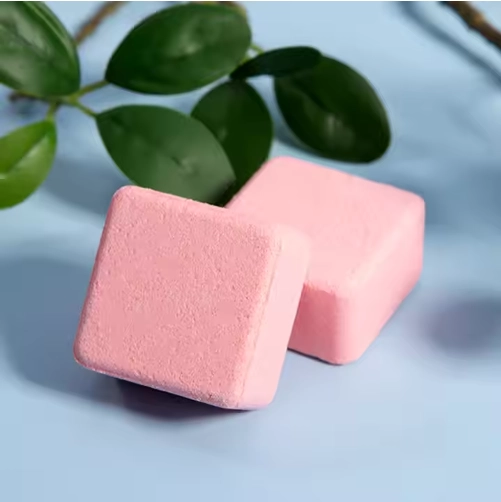What is Epsom salt?
Epsom salt is one of many naturally occurring mineral salts, a compound of magnesium and sulfate in rock-like formations. The name “Epsom salt” is a nod to the town of Epsom, located a stone’s throw away from London in England, where the salt was supposedly discovered about 400 years ago.
While it resembles table salt, it has a very bitter taste and isn’t really meant to be consumed. Most users dissolve it in a warm bath to soak in, hoping to relieve stress or sore muscles.

How Do They Work?
In water, they break down into magnesium and sulfate. The theory is that when you soak in an Epsom salt bath, these get into your body through your skin. That hasn't been proven, but just soaking in warm water can help relax muscles and loosen stiff joints.
People use Epsom salt baths as a home treatment for:
- Arthritis pain and swelling
- Bruises and sprains
- Fibromyalgia is a condition that makes your muscles, ligaments, and tendons hurt and causes tender points throughout your body
- Ingrown toenails
- Insomnia
- Psoriasis is a disease that causes red, itchy, scaly skin
- Sore muscles after working out
- Soreness from diarrhoea during chemotherapy
- Sunburn pain and redness
- Tired, swollen feet
While there are plenty of folk remedy claims, there aren't many studies to back them up. Taking this type of bath probably won't hurt you, but if you have health concerns, check with your doctor first.
How To Make An Epsom Salt Bath
Epsom salts dissolve in water. Enthusiasts believe this allows magnesium and sulfates to absorb readily into the skin. Whether this is sufficient for various treatments or not, Epsom salt is considered safe. It’s also easy to use, easy to find, and inexpensive.
How to do it
There really is no downside to taking a warm bath, although it’s important to check with your doctor first if you have low blood pressure. Hot water can temporarily lower blood pressure.
The Mayo Clinic recommends adults use 2 cups of Epsom salt per gallon of warm water. More than that can make the water feel slippery. It may also be drying to your skin.
Lower concentrations you can try are:
- 300 grams (1.5 cups) of Epsom salt to 1 gallon of water
- 1 cup of Epsom salt to 1 gallon of water
- 2 cups of Epsom salt added to your bathtub of water
Soak for at least 15 minutes. If you’re soaking in an Epsom salt bath for aches and pains, do not use too hot water. This might worsen swelling instead of reducing it.
Other ways to use Epsom salt in a soak:
- Create a detox bath.
- Create a detox footbath.
- Mix a foot soak for general use.
- Use Epsom salt water in a compress for direct application to sore muscles.
Many Epsom salt advocates believe the amount of magnesium able to enter the body through the skin is sufficient to reduce swelling and relieve aches. Epsom salts are also thought to be effective for soothing skin and reducing irritation and itching.
How Much Epsom Salt In Bath: Dosage For A Standard Tub
For a standard-sized bathtub, which typically holds around 40 gallons of water, the ideal amount of epsom salt for relaxation is 1-2 cups. Simply add the epsom salt to your bathwater as you fill the tub.
The warm water will help dissolve the salt, creating a soothing and rejuvenating bath. You'll emerge from it feeling refreshed and stress-free.
Creating Your Mini Spa With Epsom Salt
If you're fortunate enough to have a larger bathtub, like a soaking tub or a jacuzzi, you can enhance your relaxation by increasing the epsom salt dosage. For a larger bath, such as a jacuzzi or a spacious soaking tub, consider adding 4 cups of epsom salt.
The additional salt will elevate your bath into a mini spa experience, allowing you to unwind and escape the day's stresses.





